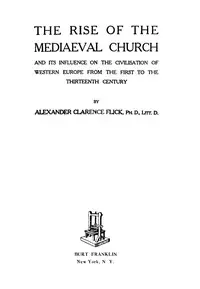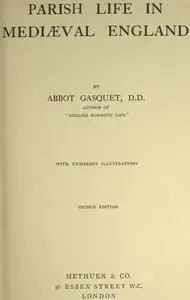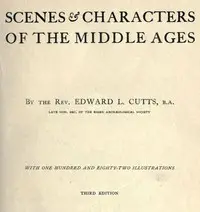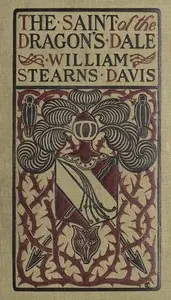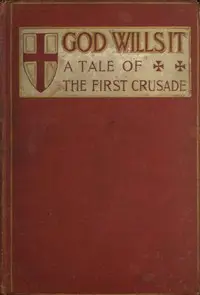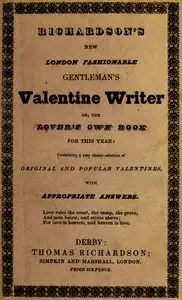"Life on a Mediaeval Barony" by William Stearns Davis is a historical exploration of a 13th-century feudal society, specifically the barony of St. Aliquis, where readers discover the intricacies of medieval life through detailed accounts of its social, political, and daily routines. The narrative begins by establishing the setting of the barony during the reign of King Philip Augustus around A.D. 1220, highlighting the peace of the era and outlining the feudal structure, with a strong emphasis on the castle's importance. As the story unfolds, key figures like Baron Conon are introduced, symbolizing the noble class and underscoring the intricate web of relationships between lords and vassals within the medieval world.
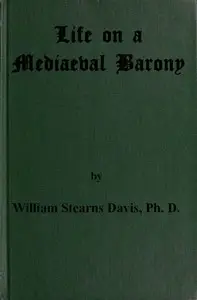
Life on a Mediaeval Barony A Picture of a Typical Feudal Community in the Thirteenth Century
By William Stearns Davis
In a medieval world of castles and kings, a barony reveals a life of lords and vassals bound by duty and tradition.
Summary
About the AuthorWilliam Stearns Davis was an American educator, historian, and author. He has been cited as one who "contributed to history as a scholarly discipline,. .. [but] was intrigued by the human side of history, which, at the time, was neglected by the discipline." After first experimenting with short stories, he turned while still a college undergraduate to longer forms to relate, from an involved (fictional) character's view, a number of critical turns of history. This faculty for humanizing, even dramatizing, history characterized Davis' later academic and professional writings as well, making them particularly suitable for secondary and higher education during the first half of the twentieth century in a field which, according to one editor, had "lost the freshness and robustness. .. the congeniality" that should mark the study of history. Both Davis' fiction and non-fiction are found in public and academic libraries today.
William Stearns Davis was an American educator, historian, and author. He has been cited as one who "contributed to history as a scholarly discipline,. .. [but] was intrigued by the human side of history, which, at the time, was neglected by the discipline." After first experimenting with short stories, he turned while still a college undergraduate to longer forms to relate, from an involved (fictional) character's view, a number of critical turns of history. This faculty for humanizing, even dramatizing, history characterized Davis' later academic and professional writings as well, making them particularly suitable for secondary and higher education during the first half of the twentieth century in a field which, according to one editor, had "lost the freshness and robustness. .. the congeniality" that should mark the study of history. Both Davis' fiction and non-fiction are found in public and academic libraries today.



